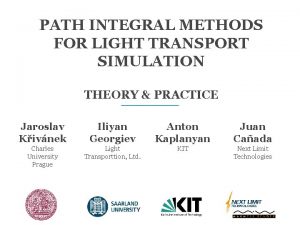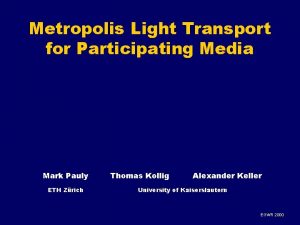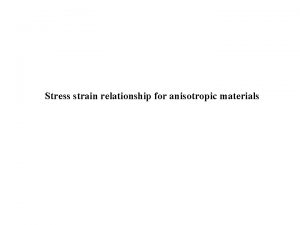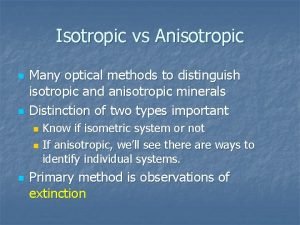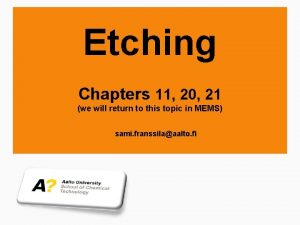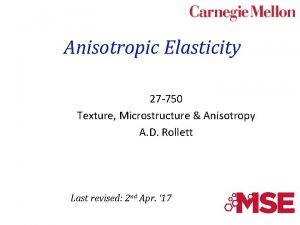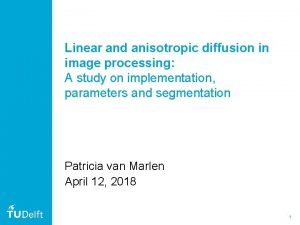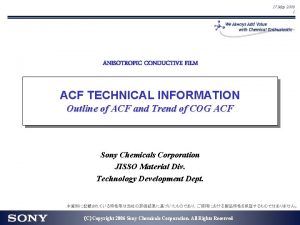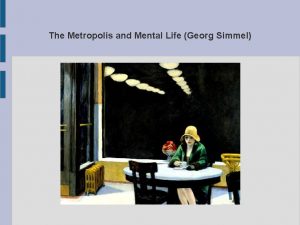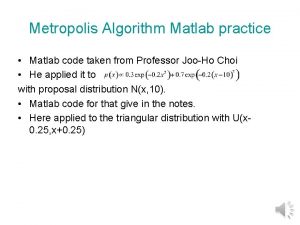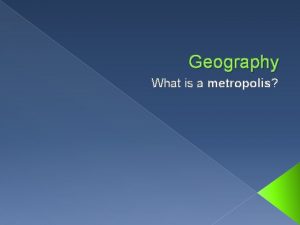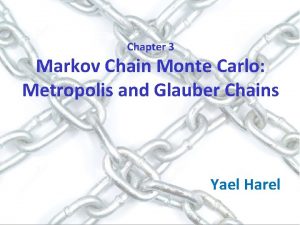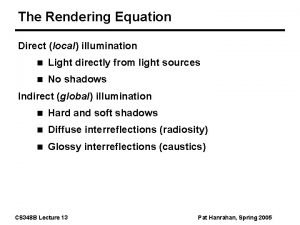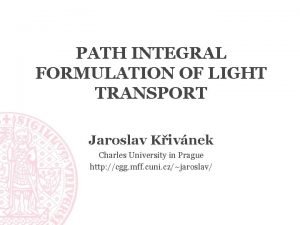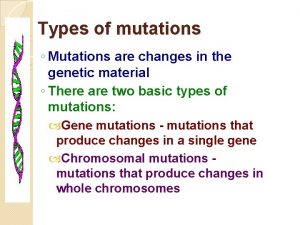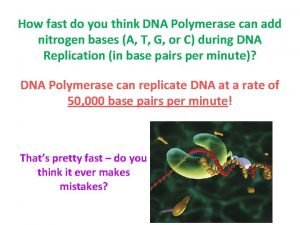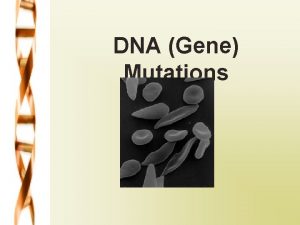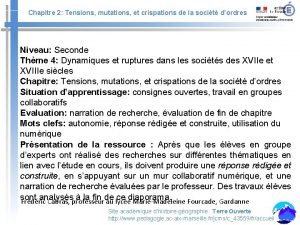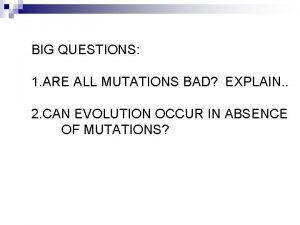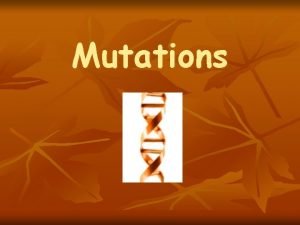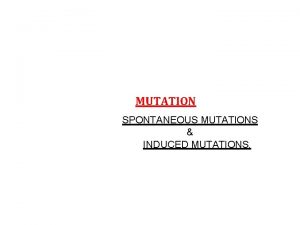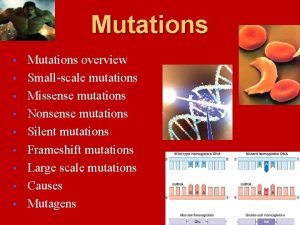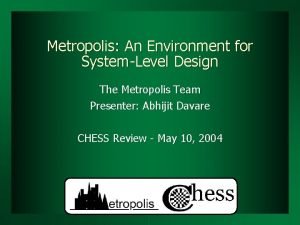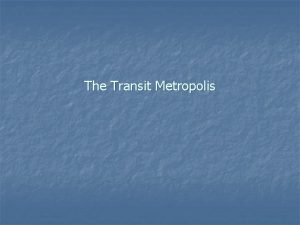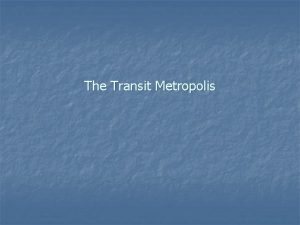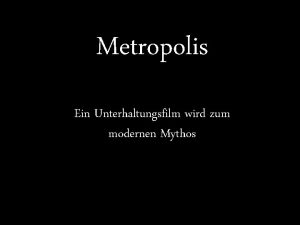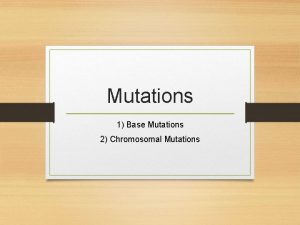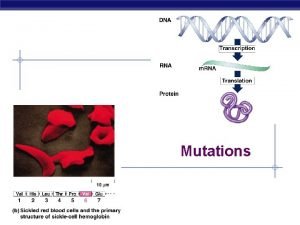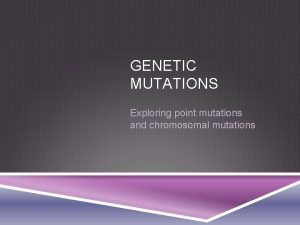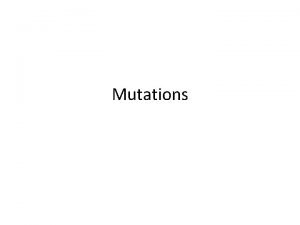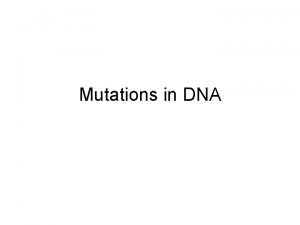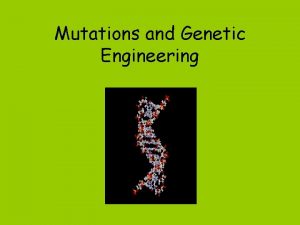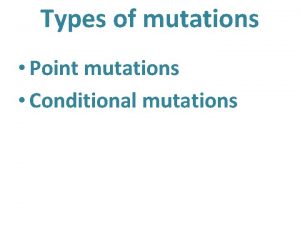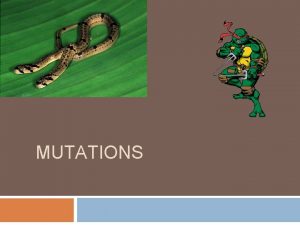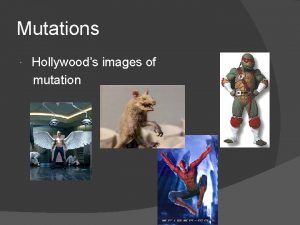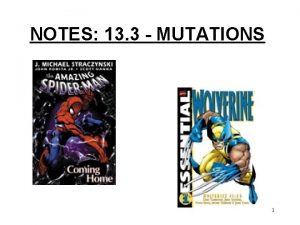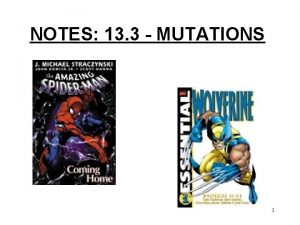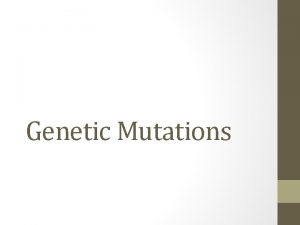Anisotropic Gaussian Mutations for Metropolis Light Transport through










![Metropolis Light Transport [Veach 1997] idea: stays in high contribution region with Markov chain Metropolis Light Transport [Veach 1997] idea: stays in high contribution region with Markov chain](https://slidetodoc.com/presentation_image/97dcd3b24cb3894c18c771252b9749ca/image-11.jpg)
![Metropolis Light Transport [Veach 1997] idea: stays in high contribution region with Markov chain Metropolis Light Transport [Veach 1997] idea: stays in high contribution region with Markov chain](https://slidetodoc.com/presentation_image/97dcd3b24cb3894c18c771252b9749ca/image-12.jpg)
![Metropolis Light Transport [Veach 1997] problem: proposals with low contribution are probabilistically rejected rejected Metropolis Light Transport [Veach 1997] problem: proposals with low contribution are probabilistically rejected rejected](https://slidetodoc.com/presentation_image/97dcd3b24cb3894c18c771252b9749ca/image-13.jpg)

![Previous work [Jakob 2012, Kaplanyan 2014] • specialized for microfacet BRDF & mirror directions Previous work [Jakob 2012, Kaplanyan 2014] • specialized for microfacet BRDF & mirror directions](https://slidetodoc.com/presentation_image/97dcd3b24cb3894c18c771252b9749ca/image-15.jpg)



















![Bathroom: equal-time (10 mins) comparisons MMLT [Hachisuka 2014] MEMLT [Jakob 2012] OURS Reference (2 Bathroom: equal-time (10 mins) comparisons MMLT [Hachisuka 2014] MEMLT [Jakob 2012] OURS Reference (2](https://slidetodoc.com/presentation_image/97dcd3b24cb3894c18c771252b9749ca/image-35.jpg)
![Bathroom: equal-time (10 mins) comparisons MMLT [Hachisuka 2014] MEMLT [Jakob 2012] OURS Reference (2 Bathroom: equal-time (10 mins) comparisons MMLT [Hachisuka 2014] MEMLT [Jakob 2012] OURS Reference (2](https://slidetodoc.com/presentation_image/97dcd3b24cb3894c18c771252b9749ca/image-36.jpg)

![Cars: equal-time (20 mins) comparisons MMLT [Hachisuka 2014] MEMLT [Jakob 2012] OURS Reference (12 Cars: equal-time (20 mins) comparisons MMLT [Hachisuka 2014] MEMLT [Jakob 2012] OURS Reference (12](https://slidetodoc.com/presentation_image/97dcd3b24cb3894c18c771252b9749ca/image-38.jpg)

- Slides: 39

Anisotropic Gaussian Mutations for Metropolis Light Transport through Hessian-Hamiltonian Dynamics Tzu-Mao Li 1 Jaakko Lehtinen 2, 3 Ravi Ramamoorthi 4 Wenzel Jakob 5 Frédo Durand 1 1 MIT 2 Aalto University 3 NVIDIA CSAIL 4 UC San Diego 5 ETH Zürich

Motivation: rendering difficult light paths e. g. multi-bounce glossy light paths combined with motion blur narrow contribution regions can lead to noisy images

The ring example light

The ring example light

The ring example light

Path contribution varies depends on geometry, BRDF, light, etc light vertex 1 vertex 2 lots of light!

Path contribution varies depends on geometry, BRDF, light, etc not much light vertex 1 vertex 2 lots of light! light

Path contribution varies depends on geometry, BRDF, light, etc light vertex 1 vertex 2 lots of light! not much light

Visualization of path space contribution • paths → 2 D horizontal locations • contribution → up direction • narrow & anisotropic zero contribution vertex 1 zero contrib. vertex 2 vertex 1 vertex 2

Monte Carlo: inefficient! • don’t know contribution function, can only sample it • few samples in high contribution region zero contrib. positive contrib. zero contrib.
![Metropolis Light Transport Veach 1997 idea stays in high contribution region with Markov chain Metropolis Light Transport [Veach 1997] idea: stays in high contribution region with Markov chain](https://slidetodoc.com/presentation_image/97dcd3b24cb3894c18c771252b9749ca/image-11.jpg)
Metropolis Light Transport [Veach 1997] idea: stays in high contribution region with Markov chain sample n+2 sample n+1
![Metropolis Light Transport Veach 1997 idea stays in high contribution region with Markov chain Metropolis Light Transport [Veach 1997] idea: stays in high contribution region with Markov chain](https://slidetodoc.com/presentation_image/97dcd3b24cb3894c18c771252b9749ca/image-12.jpg)
Metropolis Light Transport [Veach 1997] idea: stays in high contribution region with Markov chain sample n+1 drawn from proposal distribution sample n+1 proposal distribution
![Metropolis Light Transport Veach 1997 problem proposals with low contribution are probabilistically rejected rejected Metropolis Light Transport [Veach 1997] problem: proposals with low contribution are probabilistically rejected rejected](https://slidetodoc.com/presentation_image/97dcd3b24cb3894c18c771252b9749ca/image-13.jpg)
Metropolis Light Transport [Veach 1997] problem: proposals with low contribution are probabilistically rejected rejected

Our goal: anisotropic proposal • proposal stays in high contribution region proposal distribution
![Previous work Jakob 2012 Kaplanyan 2014 specialized for microfacet BRDF mirror directions Previous work [Jakob 2012, Kaplanyan 2014] • specialized for microfacet BRDF & mirror directions](https://slidetodoc.com/presentation_image/97dcd3b24cb3894c18c771252b9749ca/image-15.jpg)
Previous work [Jakob 2012, Kaplanyan 2014] • specialized for microfacet BRDF & mirror directions • proposal in special directions

Our goal: anisotropic proposal • proposal stays in high contribution region • fully general approach proposal distribution

Challenges & our solutions 1: characterize anisotropy use 2 nd derivatives (Hessian) →quadratic approximation 2: sample quadratic (not distributions!) simulate Hamiltonian dynamics

Gradient informs only one direction

Hessian provides correlation between coordinates characterize anisotropy in all direction

Automatic differentiation provides gradient + Hessian • no hand derivation • metaprogramming approach • chain rule applied automatically • in practice, implement with special datatype ADFloat f(const ADFloat x[2]) { ADFloat y = sin(x[0]); ADFloat z = cos(x[1]); return y * z; } e. g. [Griewank and Walther 2008]

Automatic differentiation provides gradient + Hessian • implement path contribution with automatic differentiation datatypes • normal, BRDF, light source • derivatives w. r. t path vertex coordinates ADFloat f(const ADFloat x[2]) { ADFloat y = sin(x[0]); ADFloat z = cos(x[1]); return y * z; } e. g. [Griewank and Walther 2008]

Quadratic approximation of contribution gradient + Hessian (2 nd-order Taylor) around current sample original contribution (only known at sample)

Quadratic approximation of contribution gradient + Hessian (2 nd-order Taylor) around current sample quadratic approximation (known everywhere)

Recap quadratic approximation at current sample challenge: sample quadratic

Quadratics are not distributions! Can go to +/- infinity

Goal: attract samples to high contribution regions • idea: flip landscape and simulate gravity • Hamiltonian Monte Carlo [Duane et al. 1987] gravity quadratic landscape flipped quadratic landscape

Hamiltonian Monte Carlo simulates physics • flip contribution landscape • start from current sample with random velocity Random initial velocity gravity flipped quadratic landscape 28

Hamiltonian Monte Carlo simulates physics • flip contribution landscape • start from current sample with random velocity • simulate physics under gravity • particle is pulled to low ground (high contribution) • proposal is final position gravity flipped quadratic landscape 29

Challenge with traditional Hamiltonian Monte Carlo expensive numerical simulation! flipped quadratic landscape gravity

HMC + quadratic has a closed form for Gaussian initial velocity gravity

HMC + quadratic has a closed form for Gaussian initial velocity final positions are Gaussian! gravity

Recap use 2 nd derivatives (Hessian) to characterize anisotropy →quadratic approximation simulate Hamiltonian dynamics to sample from quadratics results in closed-form Gaussian

Recap Given current sample compute gradient and Hessian compute anisotropic Gaussian draw proposal probabilistically accept repeat

Results: Bathroom
![Bathroom equaltime 10 mins comparisons MMLT Hachisuka 2014 MEMLT Jakob 2012 OURS Reference 2 Bathroom: equal-time (10 mins) comparisons MMLT [Hachisuka 2014] MEMLT [Jakob 2012] OURS Reference (2](https://slidetodoc.com/presentation_image/97dcd3b24cb3894c18c771252b9749ca/image-35.jpg)
Bathroom: equal-time (10 mins) comparisons MMLT [Hachisuka 2014] MEMLT [Jakob 2012] OURS Reference (2 days) HSLT [Kaplanyan 2014, Hanika 2015]
![Bathroom equaltime 10 mins comparisons MMLT Hachisuka 2014 MEMLT Jakob 2012 OURS Reference 2 Bathroom: equal-time (10 mins) comparisons MMLT [Hachisuka 2014] MEMLT [Jakob 2012] OURS Reference (2](https://slidetodoc.com/presentation_image/97dcd3b24cb3894c18c771252b9749ca/image-36.jpg)
Bathroom: equal-time (10 mins) comparisons MMLT [Hachisuka 2014] MEMLT [Jakob 2012] OURS Reference (2 days) HSLT [Kaplanyan 2014, Hanika 2015]

Extension to time Our method is general thanks to automatic differentiation
![Cars equaltime 20 mins comparisons MMLT Hachisuka 2014 MEMLT Jakob 2012 OURS Reference 12 Cars: equal-time (20 mins) comparisons MMLT [Hachisuka 2014] MEMLT [Jakob 2012] OURS Reference (12](https://slidetodoc.com/presentation_image/97dcd3b24cb3894c18c771252b9749ca/image-38.jpg)
Cars: equal-time (20 mins) comparisons MMLT [Hachisuka 2014] MEMLT [Jakob 2012] OURS Reference (12 hours)

Conclusion • Good anisotropic proposals for Metropolis • Hessian from automatic differentiation • Hamiltonian Monte Carlo • Closed-form Gaussian • General, easily extended to time
 Metropolis light transport
Metropolis light transport Egwr
Egwr Light light light chapter 23
Light light light chapter 23 Light light light chapter 22
Light light light chapter 22 Light light light chapter 22
Light light light chapter 22 Etch rate definition
Etch rate definition Stress strain relationship anisotropic materials
Stress strain relationship anisotropic materials Anisotropic vs isotropic
Anisotropic vs isotropic Etch
Etch Anisotropic properties
Anisotropic properties State of matter
State of matter Anisotropic diffusion in image processing
Anisotropic diffusion in image processing Anisotropic conductive film
Anisotropic conductive film Nt39538h-c1272b cof data
Nt39538h-c1272b cof data Antiporter
Antiporter Active transport
Active transport Now answer the questions
Now answer the questions Passive transport vs active transport venn diagram
Passive transport vs active transport venn diagram Endocytosis vs exocytosis
Endocytosis vs exocytosis Primary active transport vs secondary active transport
Primary active transport vs secondary active transport Bioflix activity membrane transport active transport
Bioflix activity membrane transport active transport Active transport image
Active transport image Bioflix membrane transport
Bioflix membrane transport Metropolis and mental life
Metropolis and mental life Metropolis algorithm matlab
Metropolis algorithm matlab Metropolis definition
Metropolis definition Pola metropolis cincin
Pola metropolis cincin Metropolis grosz
Metropolis grosz Glauber dynamics vs metropolis
Glauber dynamics vs metropolis Rendering equation
Rendering equation Light transport
Light transport What are some types of chromosomal mutations?
What are some types of chromosomal mutations? What are some neutral mutations
What are some neutral mutations Amoeba sisters mutations worksheet
Amoeba sisters mutations worksheet Mutation causes
Mutation causes Chapter 14 lesson 4 mutations
Chapter 14 lesson 4 mutations Section 4 gene regulation and mutation
Section 4 gene regulation and mutation Tensions mutations et crispations de la société d'ordres
Tensions mutations et crispations de la société d'ordres Are all mutations bad? explain
Are all mutations bad? explain Beneficial mutations examples
Beneficial mutations examples
